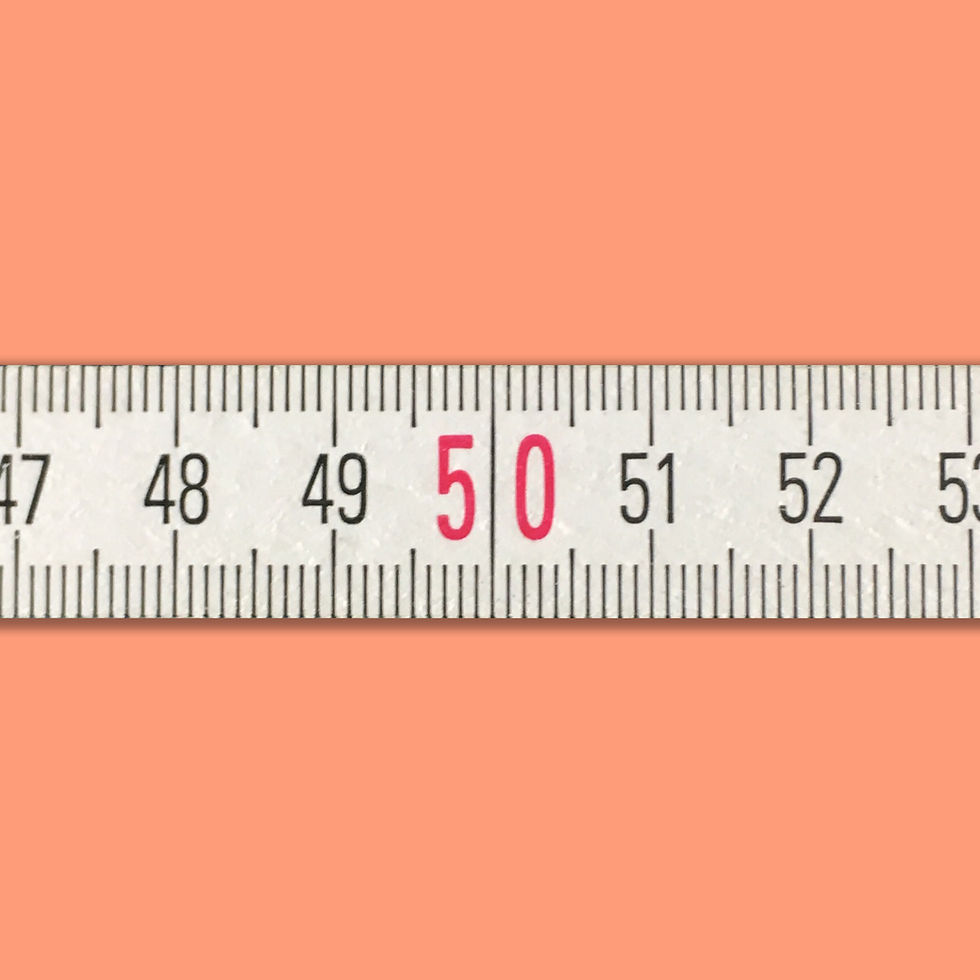Why Longform?
- Catherine Seed
- Feb 8
- 3 min read
Updated: Feb 15

At Three Things Theatre the improv that we do is mostly defined as ‘long-form’. Let’s dive into what that exactly means and why.
Meanings
Improv comedy can look like so many things. We will often proclaim that if we can write it, we can improvise it. Just take a look at the myriad of improv shows, podcasts, and videos out there—each showcasing unique styles, strategies, and goals.
Just like in music, exploring and defining improv styles helps us connect with others and to discover common tools for development.
Improv is broadly divided into two categories: short-form and long-form. Probably the only art form categorised by time!
Short-form improv
Short-form is what you might recognise from shows like Whose Line Is It Anyway? Here, a host introduces the game rules, and players dive into quick challenges. These games often consist of single scenes lasting just a few minutes (but not always).
In short-form, players embrace creativity and spontaneity, turning the thrill of improvisation into an engaging experience for the audience! In short-form players are being both creative and daredevils, creating in the moment. The challenge of improv is celebrated and the audience delights in everything that is created in the moment.
Long-form
In contrast to the pre-determined games of short-form, long-form includes extended scenes or multiple scenes that we edit between. Here, improvisers enter without strict rules and create rules as they go along. This style allows for deeper storytelling, character development, and often thrives in the exploration of themes and finding of connections between scenes.
Grounded characters are crucial to long-form, especially in formats like mono-scene, where performers may embody the same character for 20 minutes or more. Because long-form often involves multiple scenes, improvisers can use different structures (forms) - I know, why to repeat so many names for different things!- e.g. inspired by a story (Armando form), building connection (Harold form), one character from the scene is in the next (La Ronde) etc.
Long/Short Forms Compared
Feature | Short-form | Long-form |
Duration | Short Scenes (1-7min) | Longer scenes, or multiple scenes edited between them (formats can last 15min-1hr) |
Structure | Pre-defined rules | Looser structure, or improvisers discovering a game themselves, or narrative driven |
Time to discover Who, What, Where | Quick to get into game | Option to discover slowly |
Explores | Challenge to play the game | Themes and characters |
Audience Engagement | Immediate, Interactive | Sustained connection |
Pacing | Often fast-paced and energetic | Varied pacing |
Training for short/long form
Most of improvised theatre is united by similar principles. We listen to each other and find agreement. We re-incorporate ideas and support our partners. However, as described above, the details of what we look for in a scene, how we approach a scene etc can be strongly influenced by the type of improv that we do. There are skills that are required in short-form that can hinder a long-form scene and vice versa. Over the decades improvisers have developed tools and guide to help develop the skills needed to thrive in a scene, and these don't always equally apply to the different forms.
This is why at Three Things Theatre we focus on long-form improv. While we incorporate some short-form games in our classes, our jams, shows, and classes mainly explore the language and techniques of long-form.
Why are you telling me this?
Improv attracts people for various creative needs and interests. Understanding the teaching style of a theatre can help you find opportunities that best resonate with you. We’re excited to support your journey in discovering the magic of long-form improv!
.png)





Comments